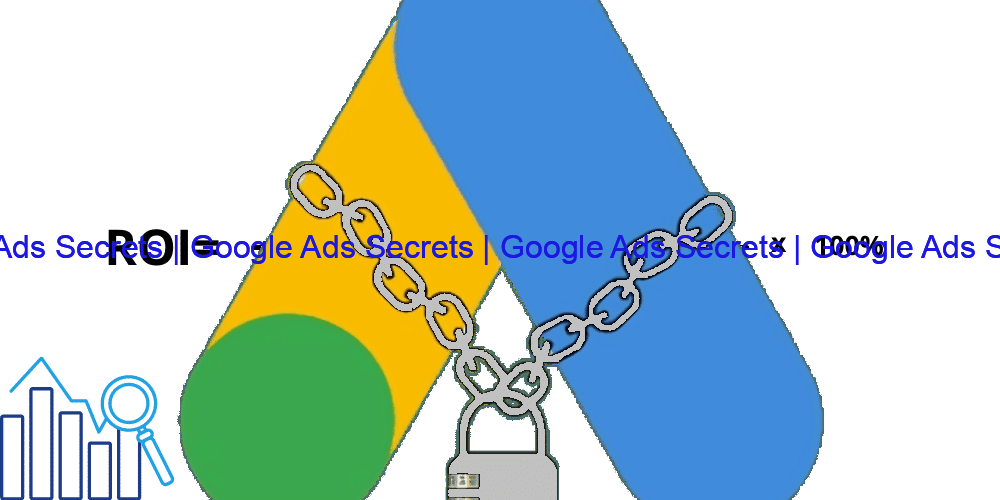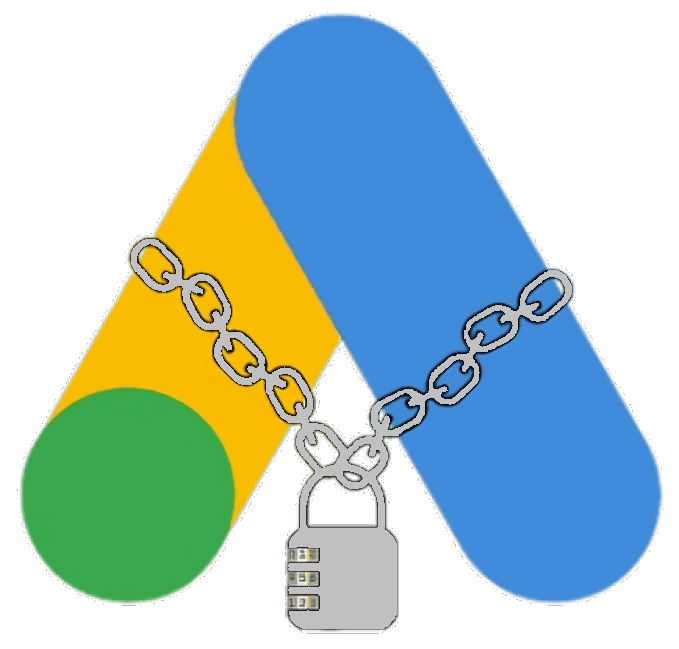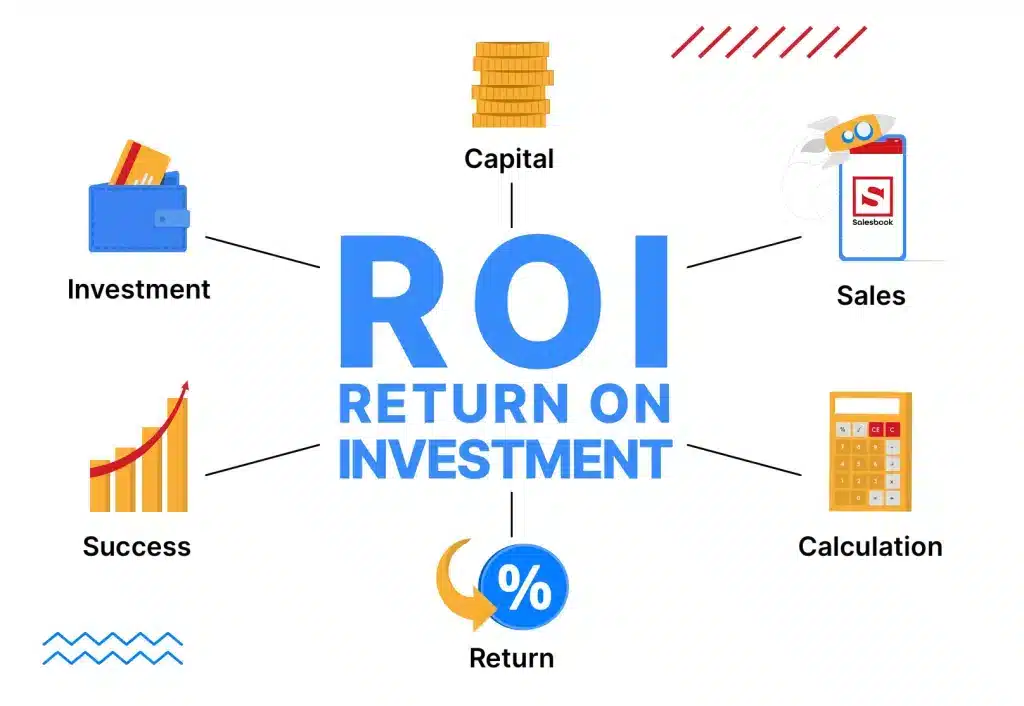As businesses increase their digital ad spending, one question remains at the heart of every campaign: Are we getting a return? That’s where Google Ads ROI comes in. Mastering the art of maximizing return on investment can mean the difference between scaling profitably or wasting budget.
In this comprehensive guide, we explore how to effectively track, analyze, and improve ROI in your Google Ads campaigns. Whether you’re a beginner or a Google Ads expert, optimizing ROI should always be your priority. You’ll learn actionable tips, powerful tools, and strategic frameworks to get the most out of every advertising dollar.
What Is ROI in Google Ads?
ROI (Return on Investment) is the ratio between net profit and the cost of investment. In Google Ads, it represents the revenue generated from your ads compared to the amount spent.
Understanding your ROI allows you to:
- Determine which campaigns are truly profitable
- Stop wasting money on poor-performing keywords
- Adjust targeting, ad copy, or bidding strategies to scale effectively
- Make smarter budgeting decisions and forecast future performance
- Align ad performance with larger business KPIs and growth targets

How to Track Google Ads ROI
To track ROI, you must have proper conversion tracking and goal-setting in place. Google Ads and Google Analytics work together to provide the full picture, but it’s essential to set up attribution models correctly and assign real value to each conversion.
Without precise tracking, your ROI calculations could be flawed. It’s important to:
- Set up UTM parameters for ad URLs
- Define both macro and micro conversions
- Use data-driven attribution for more accurate insights
You can also enhance tracking with scripts. For example, try our guide on running a script to pin headline offers.
Ensure your campaigns align with business goals—check out Tip #10: High Impressions, Zero Clicks to resolve underperformance.
Key Metrics That Impact ROI in Google Ads
Monitoring specific metrics can help you evaluate and improve your ROI. Key indicators include:
- Cost per Conversion – How much you pay to generate a lead or sale
- Conversion Rate – The percentage of clicks that result in a conversion
- CTR (Click-Through Rate) – Reflects the relevance of your ads to your audience
- Quality Score – Influences both ad rank and cost per click
- Return on Ad Spend (ROAS) – A critical metric that complements ROI by comparing revenue to ad spend directly
- Impression Share – How often your ads show compared to the competition
- Customer Lifetime Value (CLV) – Measures long-term ROI beyond the first conversion
Want to boost performance instantly? Optimize your Quality Score with this strategy.
Optimizing Campaign Structure for ROI
Smart account structuring is essential. Segmenting campaigns by match type, intent, and geography can help you identify which groups generate higher returns. A well-structured campaign reduces wasted spend and improves ad delivery.
Use SKAGs (Single Keyword Ad Groups) for tighter relevance, or experiment with performance max campaigns that leverage automation for broader reach.
Our article on manual bidding strategy explores how to gain more control.
LSI keywords to consider include “conversion rate,” “paid search revenue,” “ad cost efficiency,” “cost per click,” and “CPC optimization.” These terms reflect what users care about when looking to improve ROI.

Understanding the Customer Journey
It’s not just about conversions; understanding customer touchpoints is vital. Google Ads ROI is greatly influenced by your ability to track and influence users at different stages—from awareness to decision-making.
Use insights from Search Engine Journal and Moz to fine-tune your full-funnel strategy. Consider integrating with tools like Moz’s free SEO tools or HubSpot analytics to expand your attribution accuracy.
Don’t forget to retarget users across platforms. Google Display Network, YouTube, and Discovery Ads offer opportunities to bring customers back into the funnel.
Advanced Strategies to Improve Google Ads ROI
For advertisers ready to level up, advanced strategies include:
- Implementing cost cap bidding to control your max CPA
- Using negative keyword sculpting to refine targeting
- Applying dayparting (ad scheduling) based on performance trends
- Dynamic remarketing to re-engage potential buyers with personalized ads
- A/B testing for landing pages to boost post-click performance
- Running responsive search ads (RSAs) for higher adaptability and machine learning insights
Learn about the miracle script that stops irrelevant clicks to protect your ROI.
It’s also critical to choose the right landing page strategy. Compare Google My Business vs Landing Pages for your campaign goals.
Google Ads ROI in 2025 and Beyond
As automation and AI shape the future of advertising, ROI strategies must evolve. The 2025 landscape will demand more from advertisers in terms of personalization, ad relevance, predictive analytics, and ethical data usage.
Invest in tools that use machine learning to optimize campaigns in real-time. AI-powered recommendations, auto-generated ad creatives, and audience expansion tools will play a pivotal role in ROI optimization.
Stay ahead of the curve by following expert advice from our blog and checking regular updates like the cornerstone guide.
For continuous improvements, audit your account regularly. Start with a free audit or campaign setup consultation with our experts.
Conclusion
Improving your Google Ads ROI is not a one-time action — it’s a continuous process of testing, analysis, and strategic execution. By leveraging key metrics, refining ad copy and targeting, and staying informed through expert resources, you can dramatically improve your return on ad spend (ROAS).
Understanding the full picture—from campaign structure to audience intent—will allow you to unlock consistent profit from your PPC efforts.
The secret to long-term ROI growth is to remain agile. Test everything, iterate quickly, and embrace automation and analytics to your advantage.
Visit our homepage or explore our curated blog tips for additional insights. Whether you’re a novice or a pro, our team helps bridge the gap through scripts, audits, and data-backed guidance.
Join the conversation on Reddit or ask questions on Quora. You can also connect with Hisham Ezzat directly for tailored advice.
Frequently Asked Questions (FAQ)
What is ROI in Google Ads?
ROI (Return on Investment) measures the profitability of your ad spend by comparing your advertising costs to the revenue generated.
How can I increase ROI in my campaigns?
Start by optimizing your keywords, using negative keywords, writing compelling ad copy, improving landing page experience, and tracking conversions properly. Read more here.
Does ad quality affect ROI?
Yes, Quality Score impacts CPC and ad ranking, directly influencing your ROI. Prioritize relevance, expected CTR, and landing page experience.
Should I use manual or automated bidding?
It depends. Manual bidding gives control, while smart bidding uses AI to optimize conversions. Check our guide on Consist Mode.
Where can I learn more?
Explore trusted sources like Moz, Neil Patel, Search Engine Journal, or take certified courses on Udemy, Coursera, and Edraak.
Need help now? Chat with an expert.




